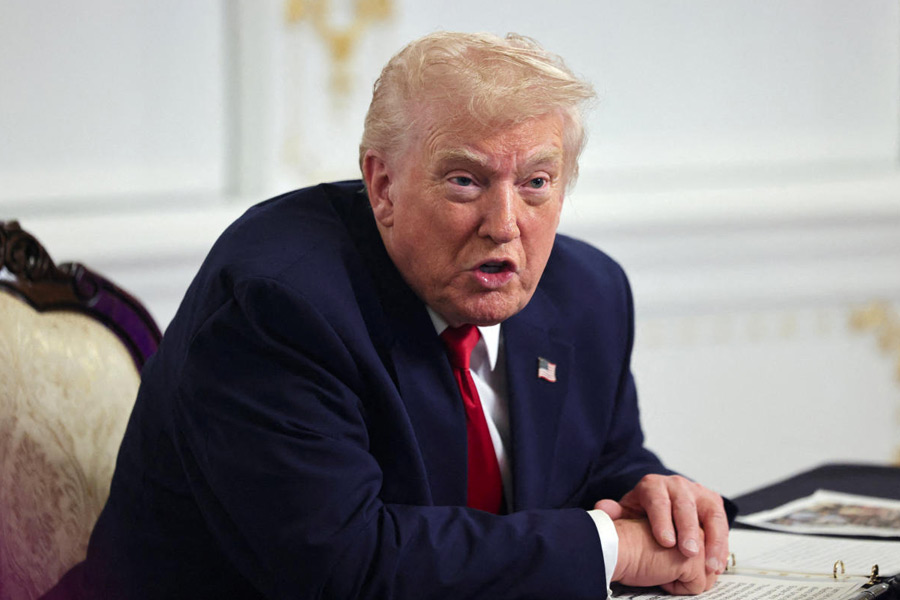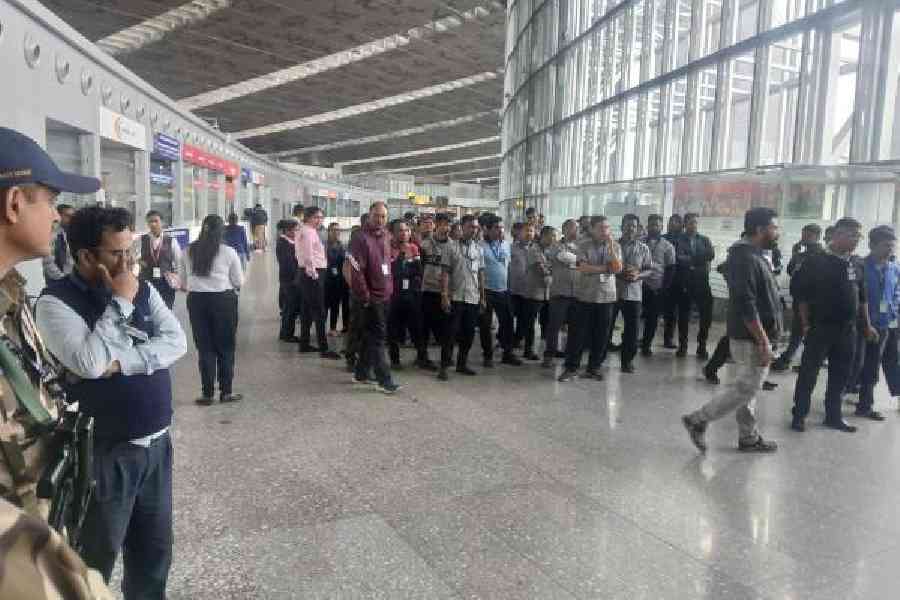 |
Has the balance in your pre-paid SIM card been getting over faster lately? Is the cheque you write for your postpaid connection bill a tad higher? If you haven’t noticed, then you soon will. The days of rock bottom mobile phone tariffs could soon be getting over.
And if you’re working in the telecom sector, reconcile yourself to the end of those double digit pay hikes. In fact, you’ll probably be lucky to retain your job.
All this has started to happen. And it could well get worse.
Blame it on the confusion and chaos in a sector that had a dream run for a decade or so (see box).
Here’s why tariffs could rise. In February, the Supreme Court cancelled 122 licences of telecom operators, following which the Telecom Regulatory Authority of India (TRAI), the industry’s regulator, suggested that the starting or reserve price for spectrum (airwaves that carry mobile telephony signals) to be auctioned by August 31 be set at Rs 3,622.18 crore for 1 mhz of spectrum. That could make a pan-India licence cost 10 times more than what it did in 2008. Besides, the auction-determined price (which can’t be lower than the reserve price) will not only become the benchmark for future auctions but could also be the price companies will have to pay for whatever spectrum they currently hold.
Companies, the industry gripes, just cannot absorb this cost entirely. “Part of this will have to be recovered through higher call rates,” says S.C. Khanna, secretary general of industry body Association of United Service Providers of India (AUSPI). Rubbishing the TRAI estimate that call rates would increase by only 4.4 paise a minute, AUSPI says the hike would be between 56 paise and Re 1.86. Rival industry body Cellular Operators Association of India (COAI) estimates a 24 to 90 paise hike.
A proposal to refarm spectrum — asking operators currently holding the 900 mhz spectrum band to move to the 1,800 mhz band and auctioning it to companies on the latter band — could also push up tariffs, warns the group affected by the proposal.
“Companies will have to abandon the infrastructure they already have for the 900 mhz band and set up new infrastructure for the 1,800 mhz band. It will involve a write-off of Rs 40,000 crore of infrastructure,” says Rajan S. Mathews, secretary general, COAI.
Consulting firm Analysys Mason, in a study commissioned by Bharti Airtel, Idea Cellular and Vodafone India (which will have to give up the 900 mhz band), has pointed out that the refarming proposal could see call rates rise by 64 paise. Companies that will get the 900 mhz band, however, rubbish these apprehensions.
The government feels these are just pressure tactics. “When they dropped tariffs to as low as 50 paise a minute just to eliminate competition, they didn’t ask us. Why are they now warning us about higher tariffs,” asks a government official.
The industry, Mathews says, is between a rock and a hard place. If companies do not hike tariffs and absorb these costs, they won’t be able to invest in infrastructure. That will affect service quality, putting customers off. But passing on the cost could also see the number of consumers dropping off. “This is an extremely price-sensitive market,” says Mohammad Chowdhury, executive director, telecom industry leader at consulting firm PricewaterhouseCoopers India. If call rates go beyond Re 1 a minute, usage could fall, says a senior executive of a telecom firm.
That will mean fewer players in the telecom landscape — six to seven companies in each circle versus the current 10 to 12 — leading to less competition. That too could result in tariff increases, something that has already started happening over the last eight months.
Tariffs could rise in phases, for certain circles or for certain categories of customers, says Romal Shetty, national head, telecom, at consulting firm KPMG India. The lower-end customers who are more sensitive to price increases would feel the pinch more and be forced to cut back on usage. That, says Chowdhury, could see the divide between the telecom haves and have-nots going on for longer. Right now there are 1.6 mobile connections per person in the four metros against only one connection for every 2.5 persons in the rural areas.
The lack of policy clarity in the sector could see players dropping out of the market. That will mean less competition, which invariably means higher prices. Jobs could also be hit.
The telecom sector’s attractiveness on the job front is already on the wane, says E. Balaji, managing director and CEO at human resources provider Ma Foi Randstad India. Cut-throat competition has seen companies increasing pressure on employees to perform. Accelerated promotions and double digit pay hikes are history. Media reports say Bharti Airtel and Tata Teleservices shed thousands of employees after an internal reorganisation last year. Both companies reserved comment.
The cancellation of licences led to some job losses, says the CEO of another headhunting firm who did not wish to be identified. Etisalat and S-Tel, which shut operations in India, as well as Loop Mobile, are reported to have issued pink slips to their staff. All three companies remained silent on this in response to an email. Other companies in the same plight have not hired replacements for those who have left on their own, which could number a few hundred each, says Balaji. But the companies deny this.
Soon after the Supreme Court order, the managing director of Uninor, Sigve Brekke, had told employees that the company was planning to stay on in India but could leave if things didn’t work out. “They responded positively and said they would also wait and watch,” he says. Some people did leave but replacements were hired, and the company still has around 17,500 direct and indirect employees, the same as in February.
Telecom firm MTS says it recruited 9 per cent of its 3,500-strong workforce in the first quarter of this year. Videocon Telecommunications admits to having slowed down on hiring. “We were doubling our manpower year on year. That has not happened over the last year,” says CEO Arvind Bali. If things go awry in the future, Videocon and Idea can shift employees to other group companies or other telecom circles, respectively, avoiding job losses, but that option isn’t available to several others.
Clearly, the telecom sector’s ringtone is all set to jar.
Dial C for chaos
 |
The Supreme Court’s cancellation of licences, uncertainty about when the spectrum that these licencees held will be auctioned and at what price, and other policy issues are spoiling the great Indian telecom dream. “Since February, we have been waiting for something to happen. The uncertainty is killing,” says a senior executive of a telecom firm. Some operators have already shut shop following the Supreme Court order; others are in wait-and-watch mode.
The government blames a deeply divided industry. “Whatever step we take benefits one group and hurts someone else. Immediately lobbying starts and allegations of favouritism are levelled,” says a government official. Thanks to the 2G scam, everyone is scared of taking decisions, leading to policy paralysis, he points out.
The New Telecom Policy, 2012, has several good recommendations but lacks a roadmap to implement these, complain telecom industry executives. “Without clarity, companies will muddle through for a few months but after that the industry will get affected,” says Romal Shetty, national head, telecom, at consulting firm KPMG India.
Uninor’s managing director Sigve Brekke is categorical that Telenor (the Nordish telecom company that owns Uninor) will pull out of India if the reserve price is too high and if the payment cannot be done in easy instalments. Even large Indian companies could find it difficult to sustain operations if there is no policy clarity, an industry veteran warns.










